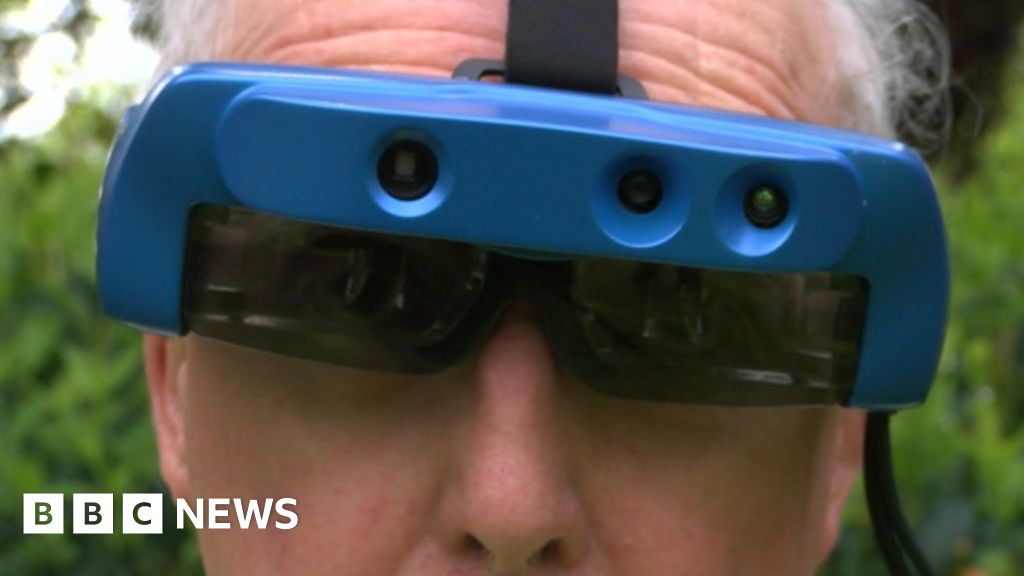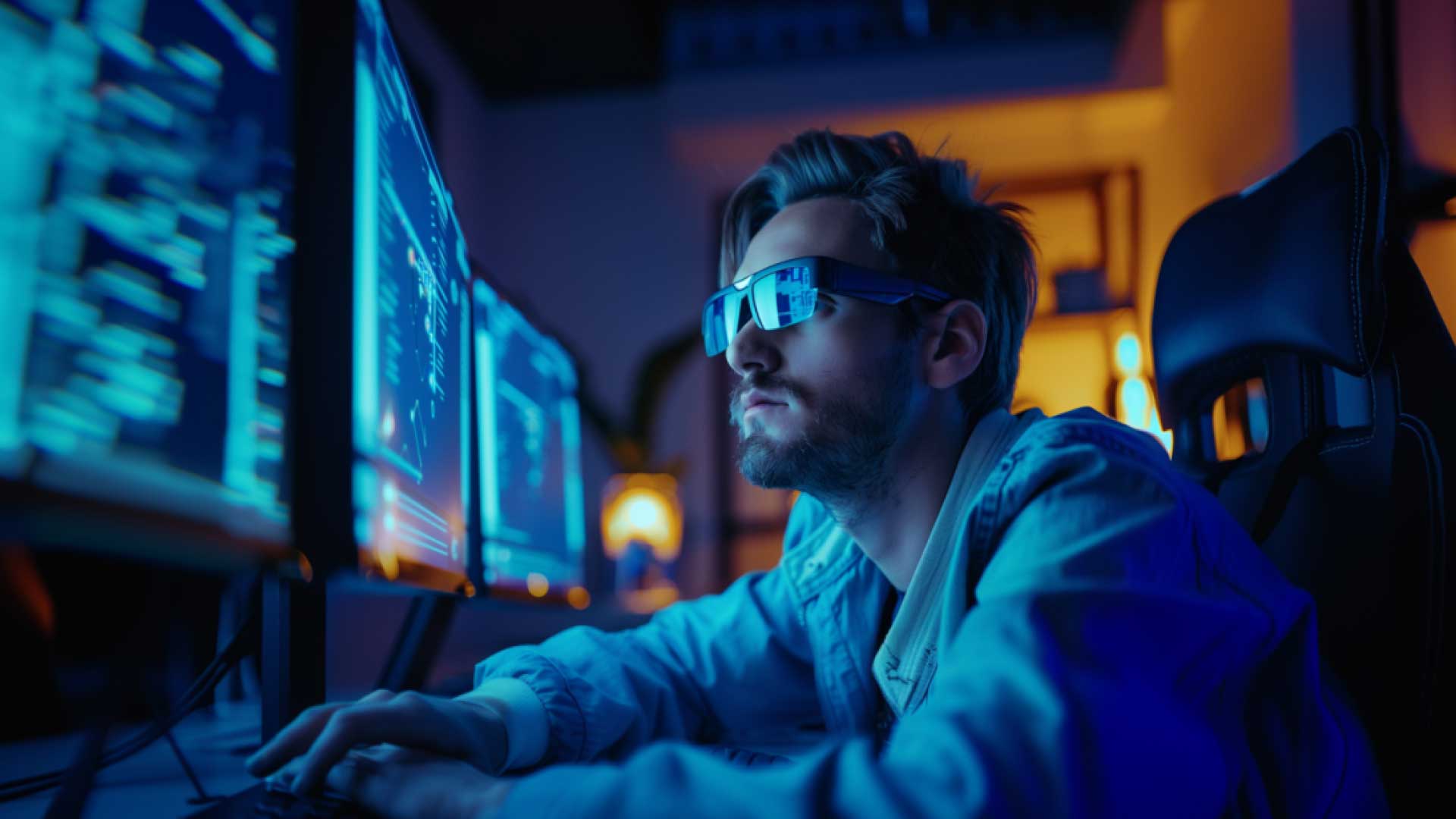Ingenious Solutions in Assistive Technology for Visual Disability
The landscape of assistive technology for aesthetic disability is evolving swiftly, providing an array of ingenious services that boost ease of access and self-reliance. From advanced mobile phone applications that promote navigation to wearable gadgets made for real-time support, these tools are reshaping the experiences of those with aesthetic disabilities.
Advancements in Smart Device Applications
In the last few years, developments in mobile phone applications have substantially transformed the landscape of assistive modern technology for individuals with aesthetic disabilities. These applications leverage the effective sensors and abilities of contemporary mobile phones to provide users with devices that enhance freedom and ease of access in their day-to-days live.
Notable amongst these developments are applications designed for item recognition, which use the smartphone's cam to identify products and provide spoken descriptions. Such functions equip customers to browse their settings extra properly, whether recognizing products in stores or locating individual valuables in the house. Furthermore, text-to-speech applications have boosted significantly, allowing users to capture published message via their tool's camera and receive split second audio responses, thus helping with analysis and comprehension.
Community-driven applications have promoted social communication and source sharing amongst individuals with aesthetic disabilities, creating a supportive network that improves their high quality of life. Generally, smartphone applications have actually come to be vital allies in promoting freedom and availability for individuals with visual problems.
Wearable Instruments for Navigation
Wearable tools for navigation have actually become a groundbreaking option for individuals with aesthetic disabilities, providing hands-free aid that improves movement and orientation. These gadgets generally utilize innovative modern technologies, including GPS, ultrasonic sensing units, and expert system, to supply real-time feedback and direction to individuals as they navigate their setting.
One significant example of wearable navigating modern technology is smart glasses, which can discover challenges and relay auditory or haptic feedback to the user, allowing for secure and efficient motion in numerous settings. Various other devices, such as vests and belts equipped with sensing units, can similarly inform individuals of their surroundings by offering signals regarding neighboring items or adjustments in terrain.
Furthermore, several wearable gadgets incorporate with mobile phone applications, enabling individuals to tailor their navigating choices and receive customized course ideas. This customization can substantially improve the individual experience, equipping people to travel with better self-confidence and independence.
As innovation proceeds to establish, the potential for wearable navigating gadgets to boost the top quality of life for people with visual impairments remains significant, leading the way for more easily accessible and comprehensive environments.
Smart Home Technology Assimilation

Additionally, clever appliances geared up with tactile user interfaces or auditory responses provide user-friendly interactions that cater specifically to the needs of those with visual problems. For example, smart fridges can reveal their contents and expiration dates, while smart stoves can lead customers through the food preparation process with audio directions.
Home automation systems, such as clever buzzers and protection electronic cameras, offer comfort by allowing users to receive informs and access live feeds by means of their mobile tools, boosting individual security (AI-powered visual aids). Furthermore, combination with tablet computers and smart devices makes sure that customers can manage their home environment from anywhere within their properties
As wise home innovation continues to evolve, it address holds the possible to change the living experiences of people with visual disabilities, cultivating self-reliance and improving lifestyle in a significantly linked world.

Educational Equipment and Resources
Accessibility to efficient academic devices and sources is crucial for people with aesthetic problems, as it empowers them to involve completely in their knowing experiences. Numerous assistive modern technologies have actually been developed to enhance accessibility and foster independent knowing. Screen viewers, as an example, transform message into speech, allowing students to accessibility electronic material effortlessly. AI-powered visual aids. In addition, refreshable braille display screens supply responsive comments, making it simpler for learners to communicate with written product.
Moreover, instructional software application particularly straight from the source designed for aesthetically damaged individuals offers attributes such as high-contrast settings and customizable message sizes. These tools suit diverse learning designs and guarantee that students can customize their educational experience to their demands.
Furthermore, access to digital libraries and audio books increases the variety of available learning products, allowing trainees to explore topics detailed without the constraints imposed by traditional print sources. Collaborative platforms that integrate ease of access attributes likewise promote group tasks, guaranteeing that aesthetically impaired trainees can add meaningfully together with their peers.
Area Support and Interaction
A robust network of neighborhood support and interaction is vital for people with visual disabilities, fostering an inclusive setting where they can thrive. Neighborhood companies, local advocacy teams, and volunteers play an essential role in offering sources, details, and companionship, which are crucial for enhancing the high quality of life for those impacted by aesthetic impairments.
Interaction activities such as workshops, social occasions, and support system not only facilitate ability advancement however also advertise social communication, decreasing feelings of seclusion. These efforts motivate individuals to share experiences, obstacles, and successes, consequently reinforcing area bonds. Furthermore, partnerships with regional companies can lead to better ease of access in public spaces, better incorporating individuals with aesthetic problems right into the community.
Modern technology likewise enhances area engagement via on anonymous the internet systems that provide virtual assistance groups and sources, allowing people to connect no matter of geographical barriers. By using both in-person and digital services, areas can create a thorough support network. Eventually, promoting partnership amongst different stakeholders-- consisting of families, instructors, and healthcare experts-- makes certain that individuals with aesthetic impairments obtain the holistic assistance needed to navigate every day life efficiently and with self-respect.
Conclusion
Ingenious remedies in assistive innovation for aesthetic problems significantly enhance the lifestyle for individuals dealing with these challenges. The assimilation of mobile phone applications, wearable devices, wise home technology, and instructional tools promotes higher freedom and accessibility. Furthermore, neighborhood assistance and involvement more empower visually impaired individuals, promoting inclusivity and involvement in different facets of life. Jointly, these improvements not just change day-to-day experiences yet additionally lead the means for an extra fair culture.
The landscape of assistive technology for aesthetic disability is evolving quickly, presenting a range of ingenious options that improve availability and self-reliance. Community-driven applications have cultivated social communication and resource sharing among individuals with aesthetic disabilities, creating a supportive network that boosts their high quality of life. In general, smart device applications have actually become indispensable allies in advertising freedom and ease of access for people with aesthetic impairments.
Several people with visual problems are discovering greater freedom through the integration of clever home innovation.Innovative remedies in assistive innovation for visual disability considerably boost the high quality of life for individuals encountering these challenges.